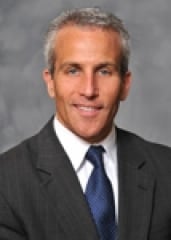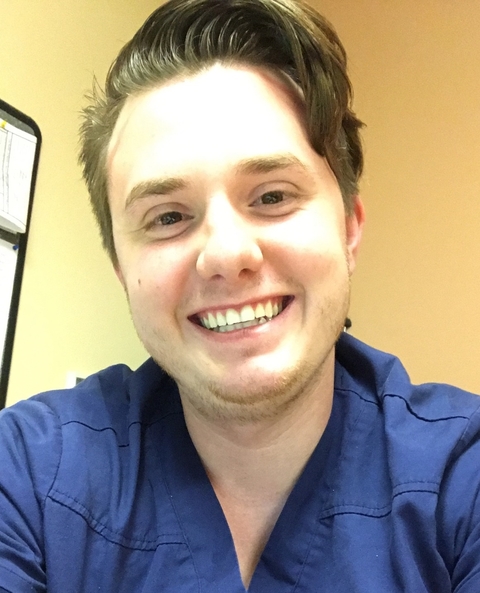
In recent months, several new leaders have joined Lee Health, and they’ve provided feedback on how we can add more clarity to our strategic priorities.
After several weeks of discussion, we came up with four strategic priorities:
- Creating an exceptional patient experience
- Producing excellent health outcomes
- Deploying a coordinated care model
- Achieving strong financial results
Each facility and every department cascades these priorities to their respective areas and to every individual working in them. Ideally, all staff members will feel empowered with a sense of ownership to execute on these strategies.
Our leaders help support their team in achieving these strategies through weekly leadership rounds.
RELATED: Industry Voices—Putting team-based leadership into action at your organization
All our hospitals have protected time from 7 a.m. to noon on Thursdays to allow leaders to round on staff and patients. It gives them a chance to see the great work we're doing and identify where we need to provide more support.
A couple of weeks back, I joined Transport Supervisor Matt Walker on leadership rounds at one of our hospitals. He started with a staff huddle, during which I observed how supportive he is of his team and how he well encourages them.
Below, Walker describes how his team achieves Lee Health’s four strategic priorities. And whereas his example is about a transport department, the same ownership model could apply to any department in any healthcare organization.
What are you doing to empower your team to own your organization’s strategic priorities?

The right culture
Walker: Our team’s long-term goal has been to establish a culture that promotes a sense of comfort for the employee within their workplace and instills a sense of ownership. This begins in the interview process. We look for warm, welcoming individuals with a great smile.
That culture is evidenced in staff-led huddles. For example, on a team member’s first day at work, they participate in a huddle that shows the warmth and compassion of the entire transport team. At these huddles, team members introduce themselves and share one unique thing about themselves; the new team members then reciprocate.
This breaks the ice and relieves any new-job anxiety.
RELATED: 3 employee engagement myths hospitals can forget
Because our team is comfortable, they are more likely to take ownership of patient care by voicing concerns and proposing solutions to any issues that arise during transport and during other departmental huddles.
For example, our team members attend a regular emergency room huddle and help the department work through issues they might encounter.
The right care
The safety of the patients and our staff is our top concern.
We ensure that patient safety is a priority by being transparent with each other about material covered in the daily safety huddles. For example, we've discussed how we can play a part in reducing hospital-onset C. diff. This was relayed back to the staff at the daily huddles, then we recapped protocols for transporting C. diff. patients.
The process for the right care for patients was already in place; the team just needed to be reminded of the right practice to ensure consistent high-quality patient care.
The right time and place
Transport leaders complete rounds to get feedback from other departments and patients, as well as to monitor daily operations by checking in with frequent transport destinations. Rounds are done multiple times a day to make sure our patients and customers are more than satisfied.
But we also take rounds one step further with “protected time” once a week, during which department heads meet. This is a more in-depth round through a department evaluating our interdepartmental goals, and it allows us to consistently bring a progress report back to our daily transport huddles.
Because transport has developed a sense of ownership, team members are engaged and work to break down barriers to interdepartmental goals.
The right cost
Transport leadership recently rolled out a new model of empowering our staff to self-assign runs. That tactic has reduced wait times for patients returning to their rooms from testing sites.
In the past, requested transports were entered into a queue, then were dispatched by a transport team member at his or her discretion.
Self-assigning, on the other hand, allows the transporter to gauge proximity and urgency of requested transports and immediately take the one with the most priority. This eliminates unneeded phone calls between the dispatcher and the transporter, allowing a transporter to respond that much more quickly.
RELATED: These 6 healthcare leaders say quality improvement is an organization-wide effort and a cultural imperative
This model has improved our cycle time and greatly improves the transport team’s finances. HealthPark Medical Center was the first Lee Health campus and still the only campus to move to the self-assign model. However, the self-assign model has caught the interest of other campuses whose leaders have reached out to come observe and potentially adopt it.
Scott Kashman is the chief acute care officer for Southwest Florida's Lee Health and co-author of "Mindful Healthcare: Healthy Team, Healthy Business."
Matthew Walker is the supervisor of patient transport for HealthPark Medical Center in Fort Myers, Fla., part of the Lee Health system.